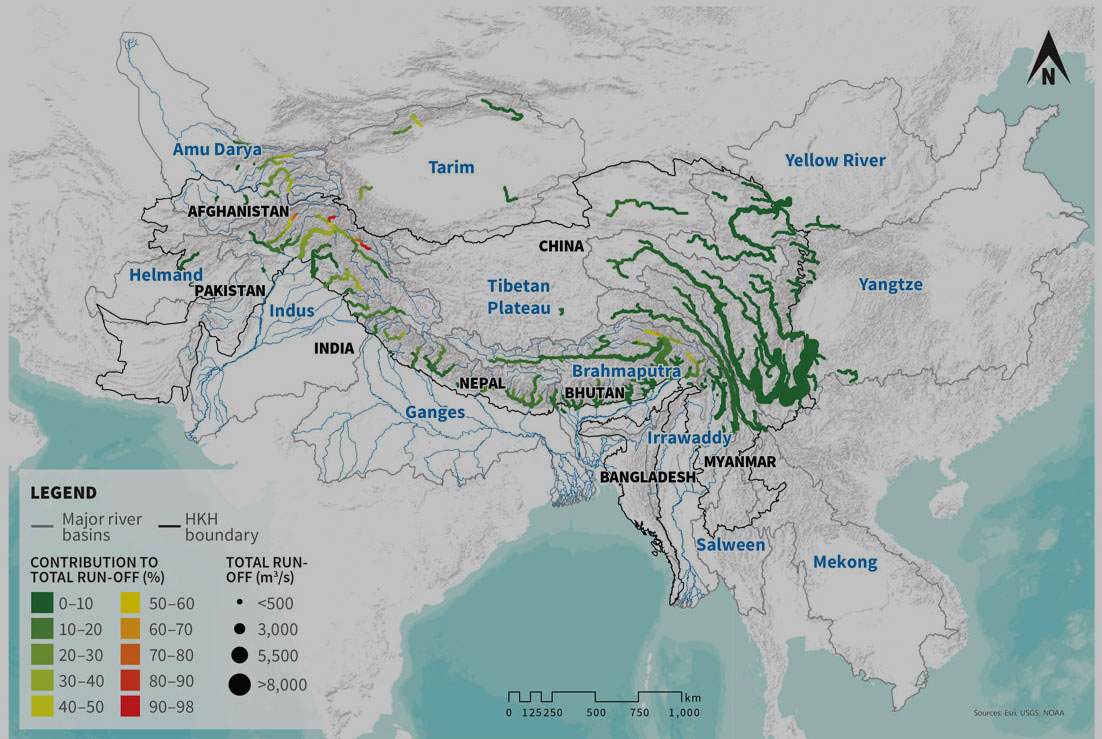About ICIMOD
The International Centre for Integrated Mountain Development (ICIMOD), based in Kathmandu, is the leading institute for the study of the Hindu Kush Himalaya. An intergovernmental knowledge and development organisation with a focus on climate and environmental risks, green economies and sustainable action, it has worked in and for its eight regional member countries – Afghanistan, Bangladesh, Bhutan, China, India, Myanmar, Nepal, and Pakistan – since its foundation in 1983. Previous publications include the Hindu Kush Himalaya Assessment Report (Wester et al., 2019) – the first comprehensive assessment on mountains, climate change, sustainability and people and which established the global significance of the Hindu Kush Himalaya. In May 2023, ICIMOD launched the #SaveOurSnow campaign which calls for urgent action to protect Earth’s mountains, snow, and ice. The declaration has already been signed by thousands of earth scientists, members of mountain communities, climate negotiators, athletes and environmental organisations
http://www.icimod.org/saveoursnow 



